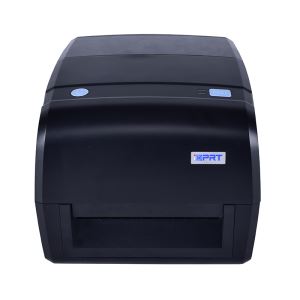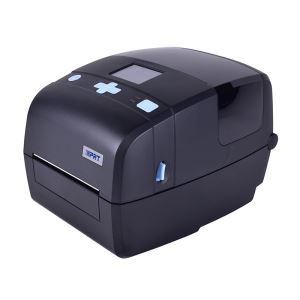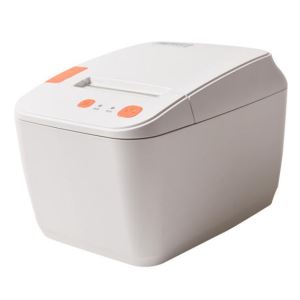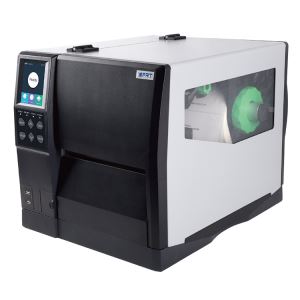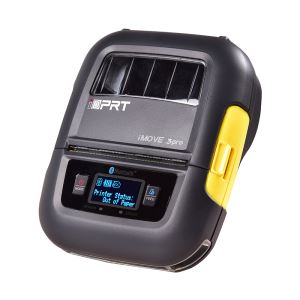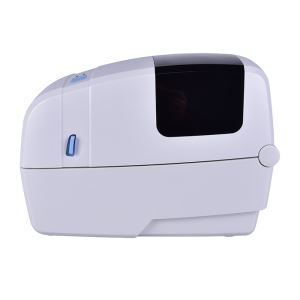The thermal printer works by mounting a semiconductor heating element on the printhead. The printhead heats up and contacts the thermal paper to print the desired pattern. The principle is similar to that of a thermal fax machine. The image is generated by heating to produce a chemical reaction in the film. This thermal printer chemical reaction is carried out at a certain temperature. High temperatures accelerate this chemical reaction. When the temperature is lower than 60 ° C, the paper needs to go through a relatively long time, even for several years to become dark; when the temperature is 200 ° C, the reaction will be completed in a few microseconds.
The principle of a thermal printer is to apply a transparent film on a light-colored material (usually paper) and heat it for a period of time to become dark (usually black and blue). The image is generated by heating to produce a chemical reaction in the film. This chemical reaction is carried out at a certain temperature. High temperatures accelerate this chemical reaction. When the temperature is lower than 60 ° C, the film needs to go through a relatively long time, even for several years to become dark; and when the temperature is 200 ° C, this reflection will be completed in a few microseconds.
The thermal printer selectively heats the determined position of the thermal paper, thereby producing a corresponding pattern. Heating is provided by a small electronic heater on the printhead that is in contact with the heat-sensitive material. The heaters are arranged in the form of square dots or strips that are logically controlled by the printer, and when driven, produce a pattern corresponding to the heating elements on the thermal paper. The same logic that controls the heating elements, while also controlling the paper feed, allows the graphic to be printed on the entire label or paper.
The most common thermal printer uses a fixed printhead with a heated dot matrix with 320 square dots, each at 0.25 mm x 0.25 mm. With this dot matrix, the printer can print dots anywhere on the thermal paper. This technology has been used on paper printers and label printers.
Related News
- Types Of Barcode Scanners
- What Are Barcode Scanners?
- How To Maintain Barcode Printer?
- Advantages Of Barcode Printers
- Bar Code Printer Development Status
- Bar Code Printer Cleaning
- iDPRT Will Show At LogiMAT 2019 Stuttgart, 19-2...
- Barcode History And Usage
- Bar Code Printer Pressure Adjustment And Fast P...
- How To Choose A Barcode Printer
- How to Choose The Barcode Printer Model
- Thermal Printing Technology
- Thermal Paper Required For Thermal Printers
- Desktop Barcode Printer
- 2018, iDPRT is Waiting For You In Dubai GITEX
- Application Of Thermal Printing Technology
- iDPRT Invites You to Join Gitex Exhibition 2017
- What Is A Barcode Printer
- Meet iDPRT In Labelexpo Europe 2017
- The Key To Thermal Printing Technology


